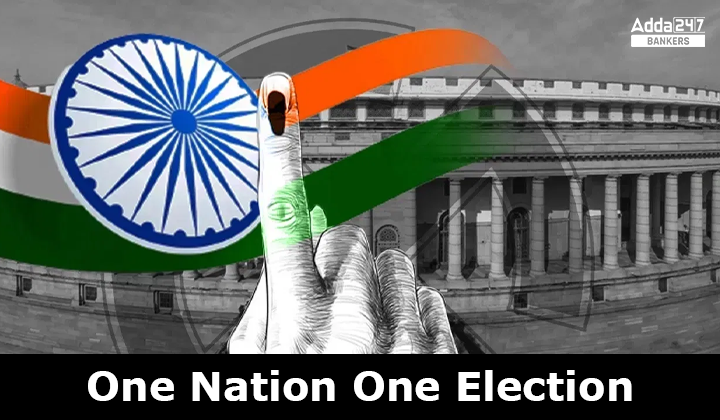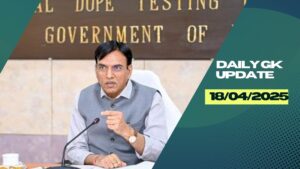Table of Contents
Introducing One Nation One Election
India’s One Nation, One Election proposal aims to align the election schedules of the Lok Sabha (India’s Parliament’s lower house) with that of all state assemblies. The objective is to conduct these polls concurrently, either on a single day or within a designated period. Prime Minister Modi has been a strong advocate for this synchronized election model.
The government’s recent actions, especially assigning former President Ram Nath Kovind to delve into the matter, accentuate its intent, especially with multiple elections looming. Assembly elections for five states are slated for late 2023, and the Lok Sabha elections are expected around May or June 2024. However, as per PTI, there’s speculation about the possibility of moving forward the general elections and some state polls.
Merits of One Nation, One Election
Cost Efficiency: A consolidated election schedule can significantly reduce the overall cost incurred in conducting separate polls.
Administrative Ease: By reducing frequent election cycles, the administrative and security personnel can be relieved from repeated election duties.
Enhanced Governance: A single election cycle can allow the government to prioritize governance over continuous campaigning, which often impedes policy decisions.
Improved Voter Participation: The Law Commission suggests that synchronized elections could boost voter turnout, making it convenient for citizens to cast multiple votes simultaneously, as mentioned by India Today.
Difficulties Implementing One Nation, One Election
Constitutional Amendments: Implementing “One Nation, One Election” necessitates amendments to the Constitution and ratification by state assemblies. Although not a new idea, with instances in the 1950s and 60s, India then had fewer states and a more limited eligible voting population, as cited by ANI.
Regional vs. National Issues: There’s concern that national issues might eclipse regional concerns, influencing state-level electoral results.
Political Consensus: Achieving a consensus among political factions remains a challenge. Several opposition parties have expressed reservations about the “One Nation, One Election” concept.
List Of Countries Countries having Similar Election System
Belgium, Sweden, and South Africa are among the countries that also conduct simultaneous elections. While it might not be widely recognized, Sweden schedules its county and municipal council elections to coincide with its general (Riksdag) elections every four years.
Sweden employs a proportional representation system, allocating assembly seats to political parties based on their vote share.
In Belgium, Federal Parliament elections are coordinated to occur every five years alongside European elections, influencing regional polls in the process.
On August 21, 2017, following the adoption of a new Constitution in 2015, Nepal’s government announced plans for simultaneous national and state elections across the nation. However, the Election Commission of Nepal expressed concerns about the feasibility of such an expansive concurrent polling process. As a result, the government opted for a staggered two-phase election.
Meanwhile, in South Africa, both provincial and national elections take place every five years. With nine provinces in the country, voters are given separate ballots for national and provincial legislative elections. Like Sweden, South Africa utilizes a proportional representation system to select members for its parliament and provincial assemblies.





 GA Capsule for SBI Clerk Mains 2025, Dow...
GA Capsule for SBI Clerk Mains 2025, Dow...
 The Hindu Review October 2022: Download ...
The Hindu Review October 2022: Download ...
 Daily Current Affairs 18th April 2025, I...
Daily Current Affairs 18th April 2025, I...





